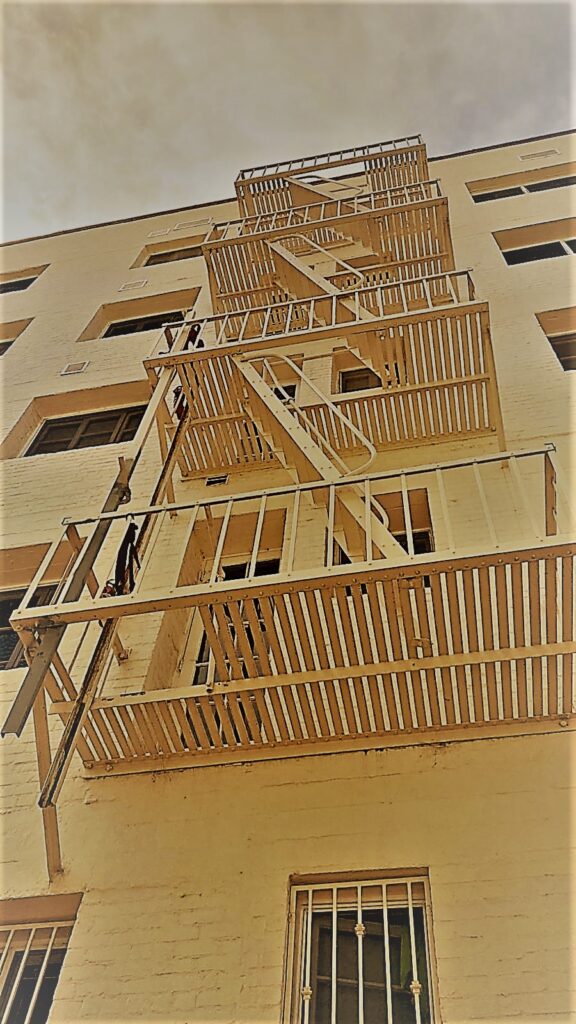Whether you are renting or buying a residence, it is crucial to consider the fire escape system of your future or existing property. Single and double-family homes do not have strict fire escape regulations, nor do they require fire extinguishers in all types of residential property. When renting or buying, it is wise to include a fire escape certification as part of the inspection process. When evaluating a property, it is vital to identify the fire escapes. Is it an apartment with a second or multi-story fire ladder? (If so, these are usually steel fire escape stairs and require fire escape repairs/maintenance such as scrape and paint due to weathering.) Is it a two-story home where you will need to purchase and keep a retractable fire escape ladder? The type of property you either reside in or are looking to relocate to will have its own standards for fire escape regulations.
If you are already in your residence and not in the process of relocating, it is still equally as essential to have access to information on or develop a fire escape plan. Multi-residential structures should have a fire escape regulation document available. Developing a plan should include steps such as:
• Identifying exit doors and structures (such as balconies or exterior ladder fixtures).
• Identifying or implementing any internal signage and fire extinguishers.
• Viewing current structures and any need for fire escape maintenance.
Whether you rent or own your property will determine the responsible party for fire escape refurbishments, maintenance, and planning. Residents must be proactive in ensuring their safety and access to maintained fire escape systems that fit the building or structure code. Whether it be a fire escape ladder for apartments or an egress ladder kept in a home, it is vital to ensure that the structure is kept up through weathering, use, and routine maintenance.


